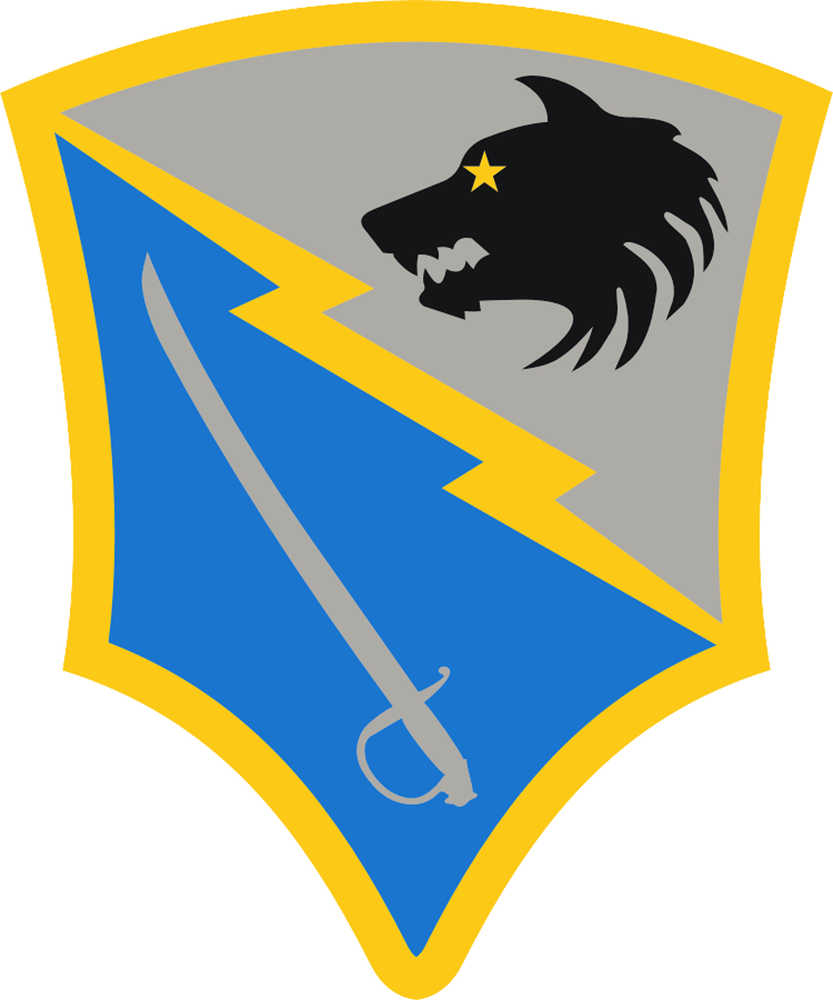Kenai’s National Guard armory is home to Troop B of the 297th Battlefield Surveillance Brigade, a cavalry unit trained to use armored Humvees to gather information about combat areas. Soon, however, Kenai soldiers will give up the Humvees and begin training to fight on foot when their cavalry brigade transforms into the 297th Infantry Battalion.
Captain Jason Caldwell, the 297th Brigade’s Fairbanks-based operations officer, said the change is part of a U.S. Army-wide reorganization that eliminates the battlefield surveillance brigade designation.
“Big Army just decided they didn’t need them,” Caldwell said, of battlefield surveillance brigades. He said he was uncertain of the reason for retiring the designation.
Caldwell said the transformation from cavalry to infantry will not have a great effect on many Kenai soldiers, because those who joined it prior to 2010 are already infantry-trained. That year the unit, which was then the 207th Infantry Battalion, underwent a change in the opposite direction to become the 297th cavalry. Caldwell estimated that of the approximately 30 unit members based in Kenai, 15 to 20 are newer soldiers who will need infantry training.
“We’ll do a lot of foot-movement in the woods,” Caldwell said of the training. “There will be pushing back to a lot of our arctic skills.”
Other infantry activities will include map-reading, physical training, and live-fire shooting exercises.
One member of the 297th scheduled for first-time infantry training is Private Sam Cottrell, who joined the unit after it became cavalry and is designated as a communications cable installer. Cottrell said he was “very excited” about the infantry training.
“I originally wanted to go (infantry), but I wanted to get a trade in first,” Cottrell said. “(Infantry) is going to be a little harder. I guess I’ll just be a grunt.”
Cottrell chose his current position in order to get training that would be useful in a civilian career.
The National Guard hasn’t determined where the infantry training will take place.
“When we became cav scouts, the three-week shake-and-bake (training) course was in Idaho,” said the 297th’s Sergeant Josh Vanderzon, who was a member of the 297th during its first shift from infantry to cavalry. “It can be anywhere and everywhere. Anywhere that’s willing to put on a schoolhouse for us.”
Vanderzon said he may be sent to non-commissioned officer training during the reorganization, but would not receive further infantry instruction. He also said he was looking forward to returning to infantry.
“It’s definitely going to be a change of pace for some of the newer soldiers who have come in since 2010,” Vanderzon said. “I know I’m looking forward to it… I missed sleeping outside no matter what the weather’s like. I missed the getting dirty and disappearing into the woods for days on end without showers or any of that. Just knowing that I’m actually going to be on the battlefield rather than off in the distance watching is good.”
Aside from re-training, only two personnel changes will take place at the Kenai armory when the unit reorganizes. Most of Kenai’s National Guard soldiers are reservists who also hold civilian jobs. The armory’s two full-time staff members are Staff Sergeant Derek Rabago and Staff Sergeant Albert Burns, who are both scheduled to leave within the next year. Burns is being moved as part of the unit transition, while Caldwell said Rabago is leaving for an unrelated reason.
One improvement Caldwell said he hopes to accomplish with the change is to allow National Guard soldiers to practice closer to where they live. Stations where National Guards soldiers are based do not necessarily correspond to where their civilian lives are based.
As an example, Caldwell said there are currently soldiers living in Anchorage who come down to drill at the Kenai armory. With the reorganization, Caldwell said some of this travel will be eliminated by “regionally aligning” the new unit.
“Our goal when we close down that cavalry… and stand up the new infantry battalion is to closely align soldiers so they can drill where they live,” Caldwell said. “Instead of having to have them travel expensively to Anchorage or to other places, we’re trying to fix it so that when a guy goes to drill, if he lives in Kenai… he goes to drill right there.”
Both Caldwell and Burns said the reorganization is not related to the Army’s force reduction at Joint Base Elmendorf-Richardson, where approximately 2,600 soldiers will be leaving the base.
Although Caldwell said there is no exact time line yet for relocating the 297th’s equipment and re-training its members, the group’s transformation to an infantry battalion is expected to be finished by September 2016.
Reach Ben Boettger at ben.boettger@peninsulaclarion.com

